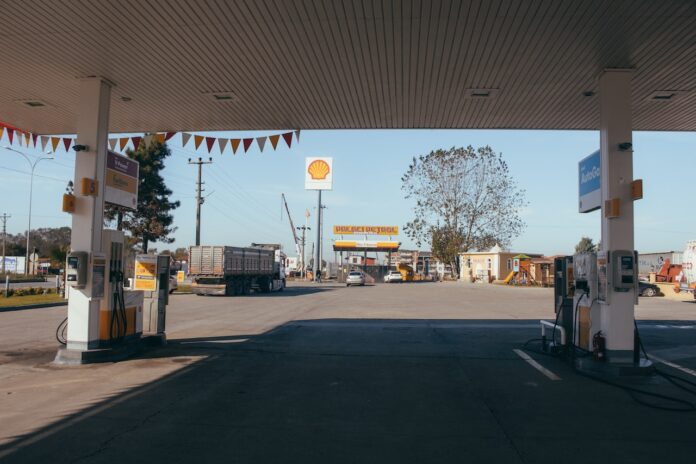Is It Illegal to Put Gas in a Blue Container
When it comes to safety and handling potentially hazardous materials, it’s important to have a clear understanding of the guidelines and regulations in place. One common question that arises is whether it is illegal to put gas in a blue container. Let’s explore this topic further and shed some light on all aspects of safety surrounding this issue.
Firstly, it’s crucial to recognize that the color of the container does not determine its legality for storing or transporting gasoline. Instead, specific standards set by regulatory bodies dictate the appropriate design and labeling requirements for containers used to hold flammable liquids like gasoline. These regulations are put in place to ensure proper storage, transportation, and usage practices that minimize risks.
Understanding Safety Regulations
When it comes to safety, there are certain regulations that govern various aspects of our lives. In this section, we’ll delve into the importance of following safety guidelines and explore whether it is illegal to put gas in a blue container.
- Safety Guidelines: Following safety guidelines is crucial to ensuring the well-being of ourselves and others. These regulations exist to mitigate potential risks and protect us from harm. Whether it’s wearing protective gear while engaging in hazardous activities or adhering to traffic rules on the road, these guidelines are designed with our safety in mind.
- Proper Container Usage: When handling substances like gasoline, using the appropriate containers is essential for preventing accidents and potential disasters. Gasoline should always be stored in approved containers specifically designed for this purpose. These containers are typically made from materials that can withstand the corrosive nature of gasoline and have features such as secure caps and proper ventilation.
- The Color Factor: While some may wonder if it is illegal to put gas in a blue container, the answer lies not in the color itself but rather in adherence to safety regulations. In most cases, gasoline should be stored in red containers as per industry standards. This helps prevent confusion and ensures that everyone readily identifies gasoline containers based on their color.
- Legal Considerations: It’s important to note that laws regarding container colors may vary depending on jurisdiction or specific circumstances. Local authorities and regulatory bodies often provide guidelines on proper container usage, including recommended colors for different substances like gasoline or diesel fuel.
- Ensuring Safety: Regardless of container color requirements, prioritizing safety should always be our primary concern when dealing with potentially dangerous substances like gasoline. By following established safety protocols, using approved containers, and being knowledgeable about relevant regulations, we can reduce the risk of accidents and promote a safer environment for everyone involved.
Remember, understanding safety regulations is vital for personal well-being as well as maintaining a safe and secure community. By staying informed and adhering to these guidelines, we can help prevent accidents and ensure a safer future.
Proper Storage and Handling of Gasoline
When it comes to the proper storage and handling of gasoline, safety should always be a top priority. Whether you’re storing gasoline for your lawnmower or other equipment, it’s essential to follow some guidelines to ensure you handle this flammable liquid responsibly.
- Choose the right container: When storing gasoline, it’s crucial to use approved containers specifically designed for this purpose. These containers are typically made from sturdy materials like metal or high-density polyethylene (HDPE) and are color-coded in red to distinguish them from other fuel containers. Using a blue container for gasoline is not recommended as it can lead to confusion and potential accidents.
- Store in a well-ventilated area: Gasoline should always be stored in a well-ventilated area away from any ignition sources such as open flames, electrical appliances, or heat sources. Ideally, gasoline should be stored in a dedicated storage shed or cabinet that is secure and inaccessible to children or unauthorized individuals.
- Avoid overfilling: It’s important not to overfill your gasoline container. Leave some room at the top for expansion due to temperature changes. Overfilling can cause leakage and increase the risk of fire hazards during storage.
- Keep away from incompatible materials: Gasoline should never come into contact with certain materials like oxidizing agents, strong acids, alkalis, or chlorine-based products as they can react with each other and potentially result in dangerous situations.
- Use appropriate labels: Clearly label all gasoline containers with their contents using waterproof stickers or markers. This helps prevent accidental misuse by others who may mistake them for another substance.
Remember that improper storage and handling of gasoline can have severe consequences including fires, explosions, environmental pollution, and personal injury. By following these guidelines and exercising caution when dealing with this highly flammable substance, you can help minimize risks associated with its storage and use.



